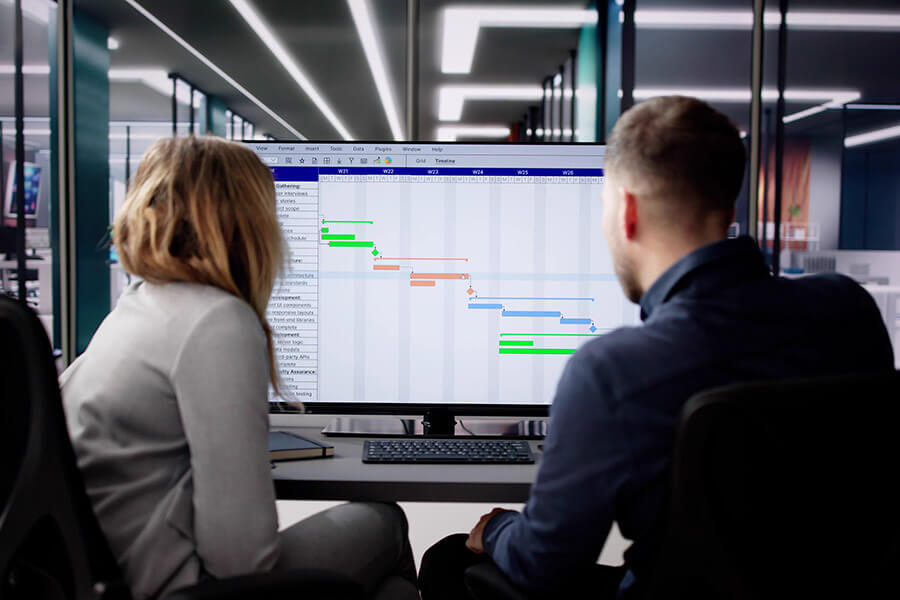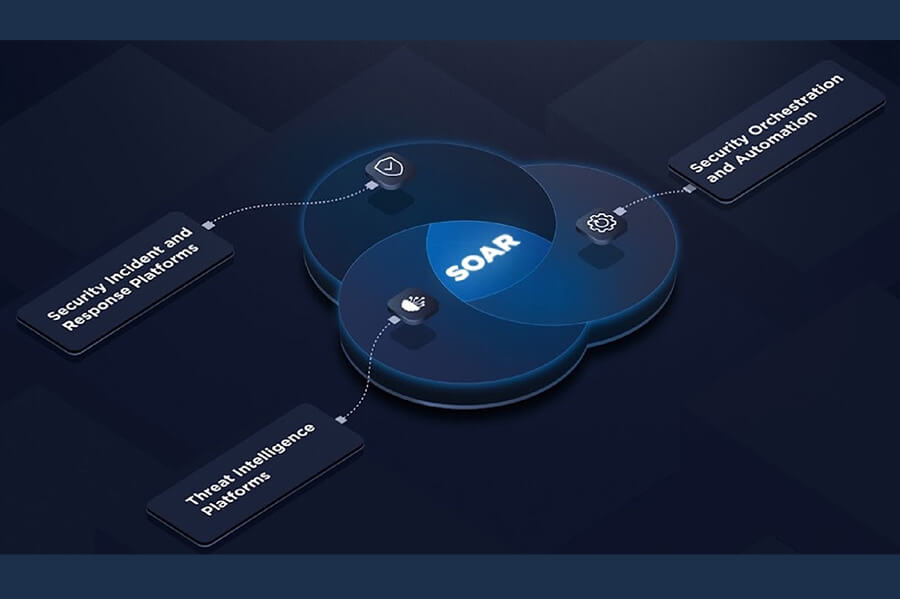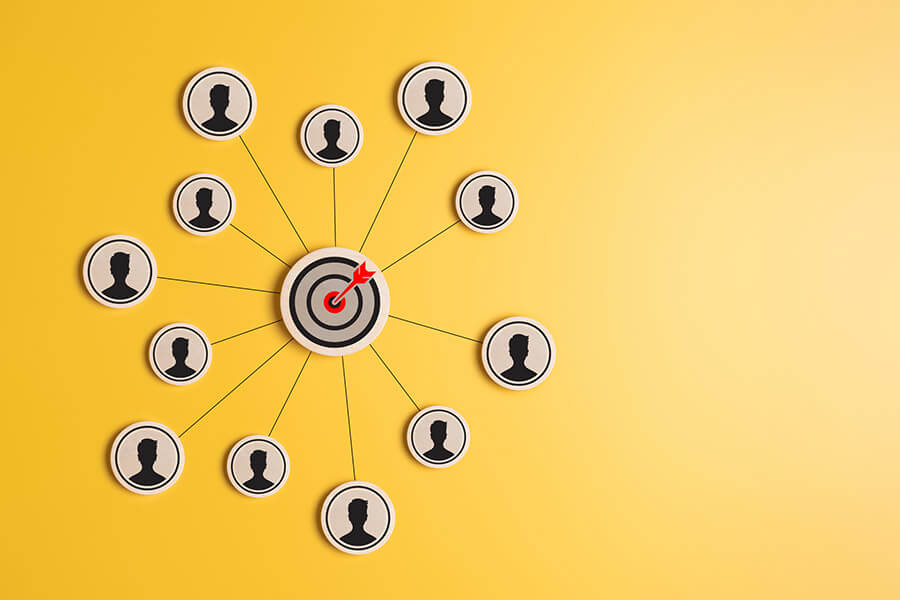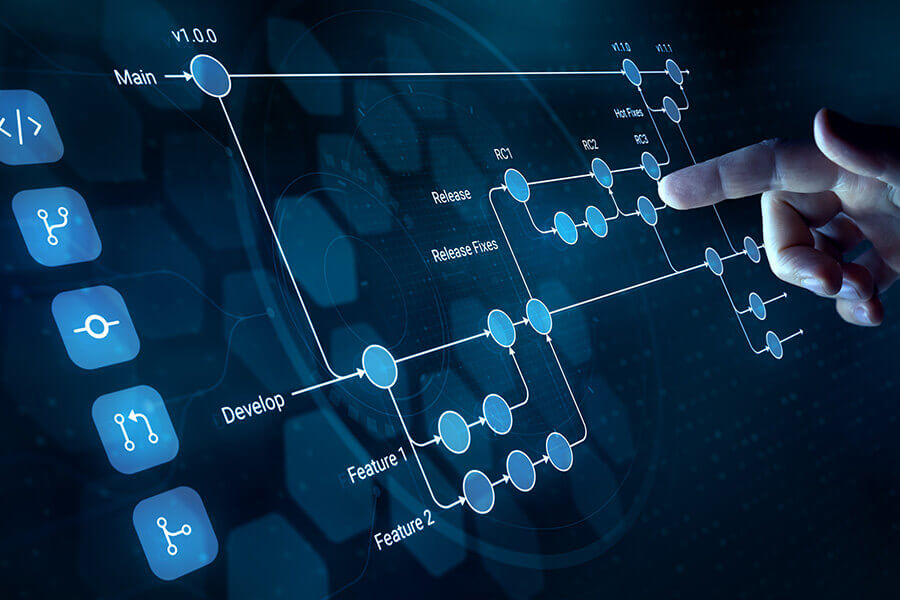Waterfall Methodology: A Comprehensive Guide from Planning to Delivery
The Waterfall methodology is widely used in project management, especially in software development. This guide delves into the Methodology’s key principles, origins, and effective ways to apply it. It will teach you how to leverage the Waterfall to achieve structured project success.
Explore how the Waterfall model evolved and discover its sequential phases, including requirements gathering, design, implementation, testing, and delivery. This comprehensive guide is perfect for project managers and software engineers interested in Waterfall project management.
What is Waterfall Methodology?
Waterfall methodology is a linear project management approach inspired by manufacturing and construction workflows. This method moves sequentially from planning to final delivery, making it ideal for projects with clear goals and stable requirements.
Origins and Evolution of the Waterfall Model
First proposed by Winston Royce in the 1970s, the Waterfall model was initially adopted for large-scale government and enterprise projects, later expanding to tech and software companies. This structured approach offered a solution for managing complex projects with high levels of planning and documentation.
Core Principles and Characteristics of the Waterfall Model
Waterfall emphasizes detailed planning, thorough documentation, and a linear progression. In the waterfall model, each project phase must be completed before moving on to the next. This step-by-step method provides clarity, ensures quality, and is well-suited for projects with defined timelines and budgets.
Key Phases of the Waterfall Development Process
The Waterfall project lifecycle is divided into distinct phases, each crucial for success. Here’s how to apply these stages for effective Waterfall project management:
- Requirements Gathering: This initial phase establishes the project’s core objectives. Gathering comprehensive requirements from stakeholders is essential to lay a strong foundation for the project.
- Design Phase: The project requirements are transformed into a detailed design. Technical aspects, like system architecture, user interface, and database structure, are meticulously planned.
- Implementation: Developers bring the design to life, adhering to strict coding standards to ensure consistency and quality.
- Testing Phase: Testing verifies the project meets all specified requirements, catching potential issues before deployment.
- Deployment and Maintenance: The final phase ensures the system is fully operational for users. Ongoing maintenance addresses issues and updates as needed, supporting long-term reliability.
Requirements Gathering and Documentation Best Practices
Getting requirements right is key for a successful waterfall project. It involves talking to key people and setting clear rules for documentation. This way, the team fully understands what’s needed and sets a strong base for the next steps.
Stakeholder Interview Techniques
Deep stakeholder interviews are a great way to get all the details in the waterfall model. Project managers must listen well, ask smart questions, and write down what stakeholders say. This teamwork helps everyone understand the project’s goals and needs.
Documentation Standards and Templates
Having the same rules and templates for documents is vital in waterfall projects. Teams should make clear guidelines for writing down requirements. Using the same templates makes it easier to gather and keep track of all the important info.
Requirements Validation Methods
Checking requirements is a must in the waterfall model. It ensures that the team got everything right from the stakeholders. Methods like reviews, demos, and user tests help ensure the project is on track. This step helps avoid going back to the start and keeps the project moving smoothly.
System Design and Architecture Planning
The design phase is key in the waterfall method for software engineering. It sets the stage for the whole project. The system’s architecture, interface design, and database structure are planned and documented here. This careful planning is vital for a smooth execution in later stages.
During this phase, software engineers collaborate with stakeholders to outline the system’s technical details. They map out the system architecture, design the user interface, and determine the database needs, aiming to create a detailed plan for the implementation phase.
The design phase in the waterfall model ensures a systematic approach to defining system components and their interactions. This step-by-step process helps spot and solve problems early on, leading to a more stable and reliable final product. Organizations can maximize the waterfall method for software engineering projects by focusing on the design phase.
Implementation and Development: Key Practices
The waterfall implementation stage is key in the project lifecycle. It brings the design and planning to life. This stage focuses on closely following coding standards and guidelines. It also monitors progress and ensures quality control to meet project requirements.
Coding Standards and Guidelines
Coding consistency is vital in waterfall project planning. Clear coding standards and guidelines are set to maintain quality and readability. Following naming conventions, formatting, and documentation rules helps the development team work better together.
Progress Monitoring Tools
Tracking progress is essential in the waterfall stage. Project managers use tools like Gantt and burndown charts to see the project’s status and milestones in real-time.
Quality Control Measures
High-quality standards are crucial in the waterfall model. Quality control steps like code reviews and testing are used. These steps help find and fix issues early, avoiding costly delays later.
Testing Strategies in the Waterfall Model
Testing is key to ensuring the quality and success of the final product in the waterfall model. This method uses a step-by-step approach, with testing done in different phases to find and fix issues before the project ends.
Unit testing is the first step. It checks if individual parts or modules work correctly. This careful process helps developers find and fix bugs early, saving time and money. Next, integration testing checks how different system parts work together and ensures they communicate well.
System testing comes after that. It looks at how the whole system performs and acts. This step makes sure the system meets all the requirements. It finds any remaining problems or unexpected behaviors before the product is given to the customer.
The last step is acceptance testing. Here, the system is checked against what the customer wants. This ensures the product meets the customer’s needs and expectations. It helps make the project a success.
Using a detailed testing strategy in the waterfall model helps organizations. It reduces risks, improves product quality, and gives customers a reliable, easy-to-use solution.
Advantages and Limitations of Waterfall Project Management
The waterfall methodology has both good and bad sides in project management. One big plus is its ability to predict costs. This is because the model works linearly, making planning and sticking to budgets easy. This is great for projects with set budgets or tight financial rules.
Schedule Management Advantages
Another plus is how well it manages schedules. The model breaks projects into clear, step-by-step phases, making it easy to keep track of time and meet deadlines. It also helps projects stay on schedule.
Common Challenges and Solutions
However, the waterfall model’s strict nature can be a problem. Once the project starts, changing plans or adding new needs is hard. Managers should plan more upfront or add quick feedback loops between phases to fix this.
In summary, the waterfall model is good for keeping costs and schedules in check. But, its strictness can cause issues. Knowing the good and bad points is key to picking the best project management style.
Comparing Waterfall vs Agile Methodologies
The debate between traditional waterfall and agile methodologies in project management is ongoing. Each model has its strengths and weaknesses, and choosing between them is a key decision for any organization.
The waterfall model follows a sequential process. Each phase must be finished before starting the next. This makes it great for projects with precise needs and little room for change. It works well in industries like manufacturing and construction, where things stay mostly the same.
Agile methodologies, on the other hand, are more flexible and iterative. They allow for constant feedback and improvements. Agile is best for projects with changing needs, like software development and digital transformations.
The evolution of dual-track Agile to the Triple-track Agile approach ensures that innovation goes beyond predefined roadmaps, allowing continuous exploration to shape discovery efforts, while validated concepts move swiftly into development—enabling a smooth and informed transition from initial insight to real-world impact.
Choosing between waterfall and agile depends on the project’s needs and the organization’s culture. If predictability is vital, waterfall might be the better choice. However, agile is the way to go if flexibility and quick responses are essential.
Real-World Applications and Case Studies
The Waterfall Methodology is used in many industries. Some success stories demonstrate its effectiveness in managing complex projects.
Success Stories in Manufacturing
The Waterfall Method is very helpful for big projects in manufacturing. For example, Ford used it to make the F-150 truck line. They planned everything carefully and checked the quality a lot.
Another example is Airbus. They used the Waterfall Model for the A380 aircraft. This helped them finish the project on time and within budget.
Implementation in Government Projects
The Waterfall Method is also good for government projects. The U.S. Department of Defense uses it for important software projects. They focus on gathering all the requirements, documenting everything, and testing it well.
In New York, the city used the Waterfall Model for a major update to its 911 system. This ensured that everything worked well together across different agencies.
Conclusion: Mastering Waterfall Methodology for Project Success
Waterfall methodology is a valuable model for project managers and software engineers seeking structured development. Its sequential phases, detailed documentation, and predictable costs make it ideal for projects with defined scopes.
Whether planning a new initiative or exploring Waterfall vs Agile for your organization, mastering Waterfall can ensure your projects stay on schedule and budget. By applying best practices in requirements gathering, design, implementation, and testing, you’ll be well-equipped to achieve project success through Waterfall methodology.








